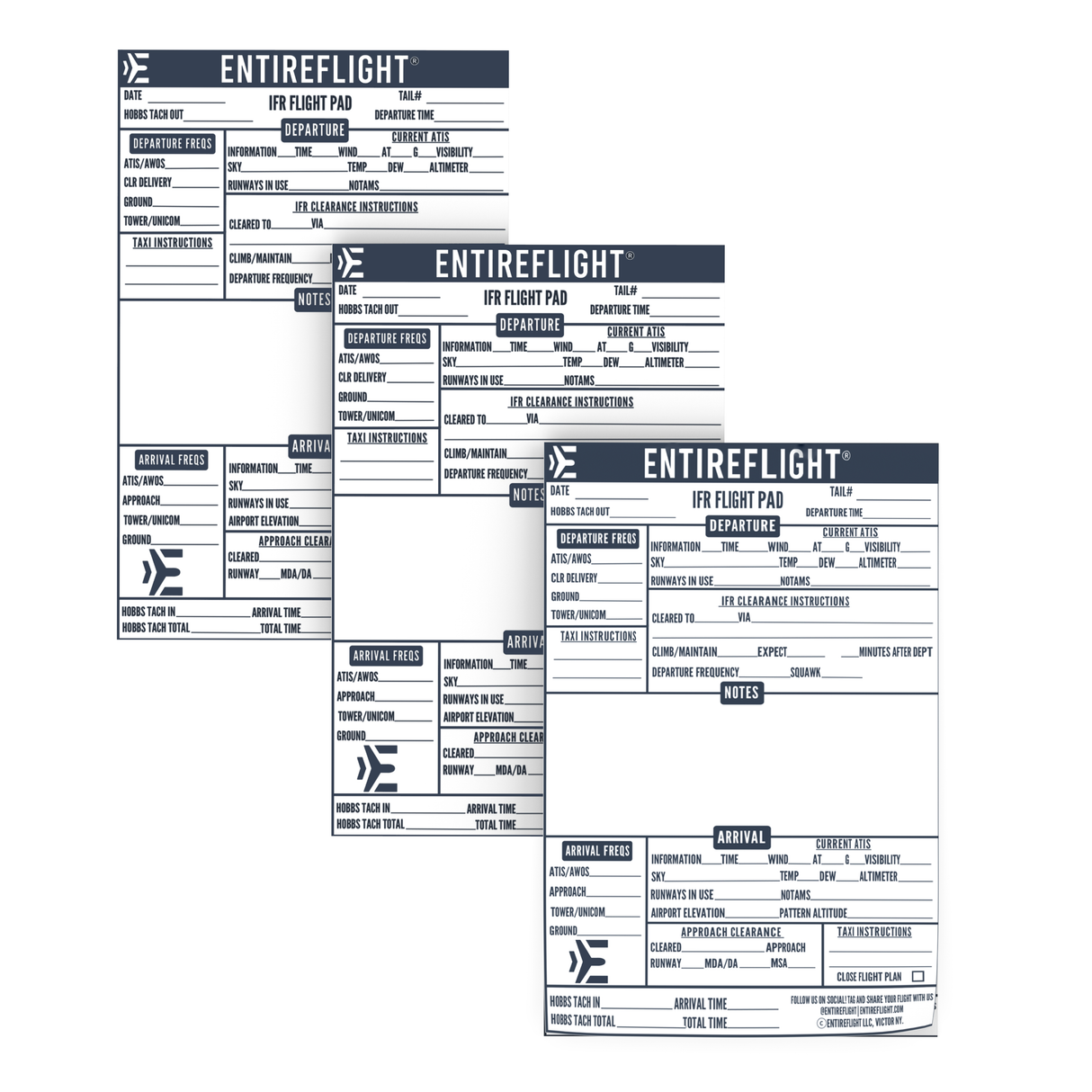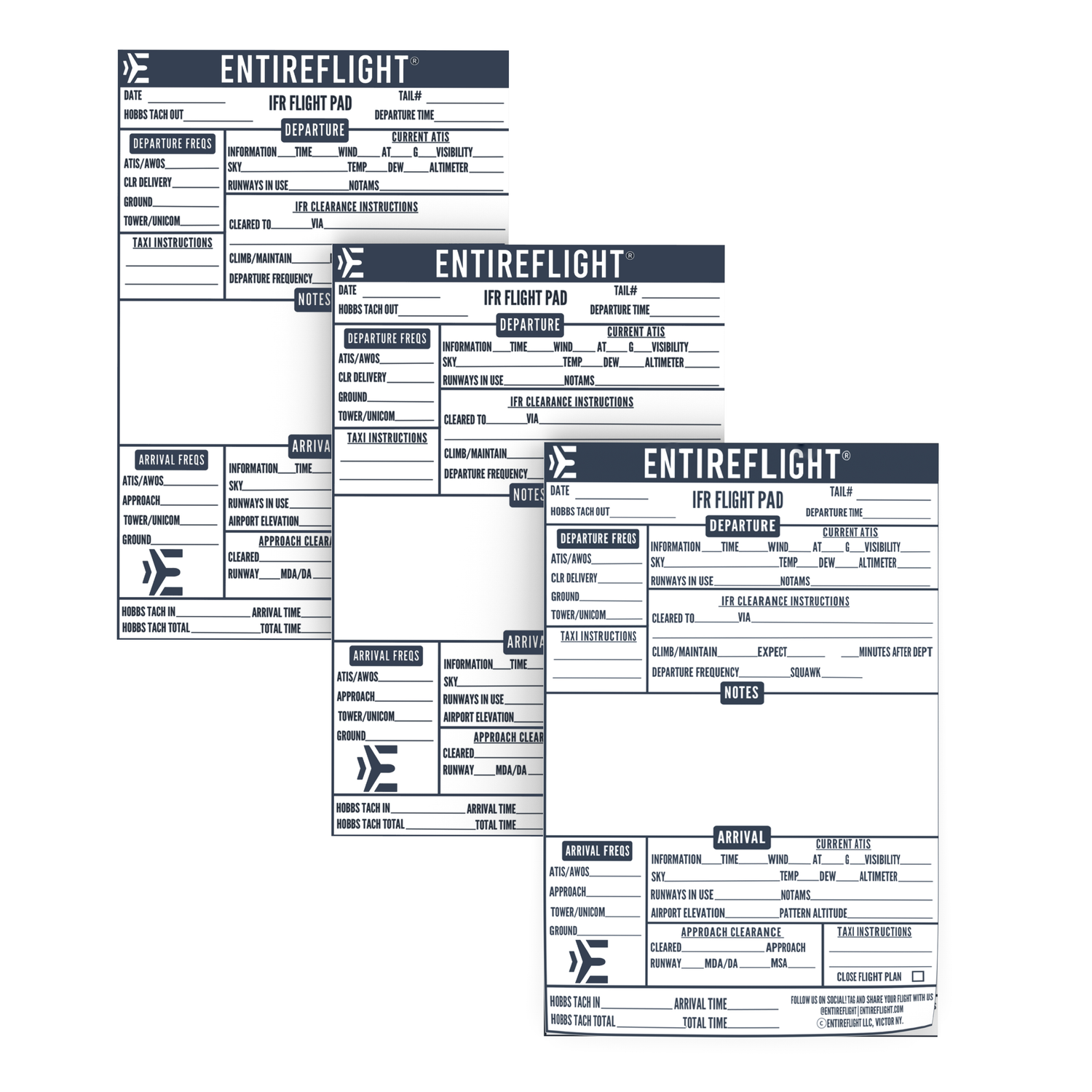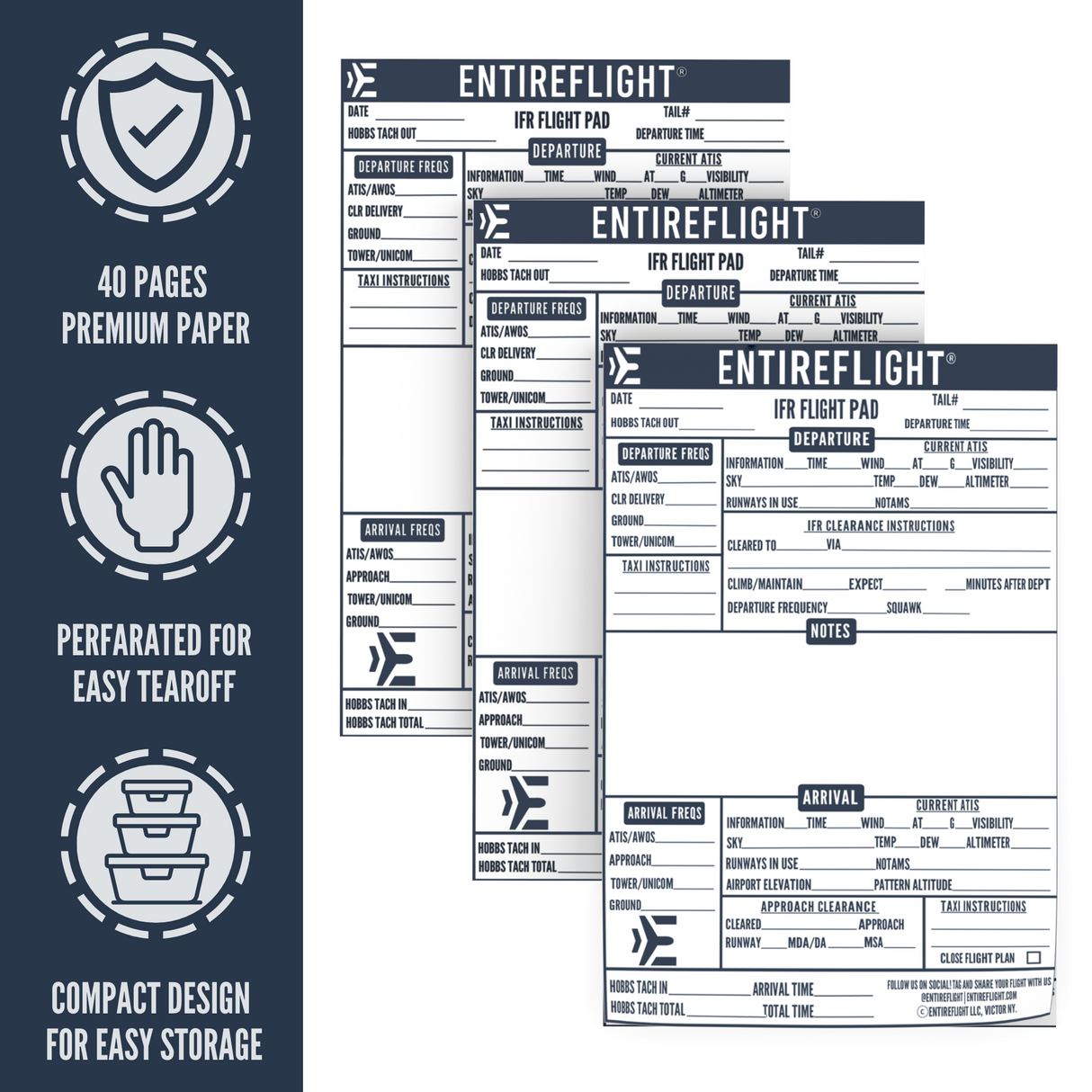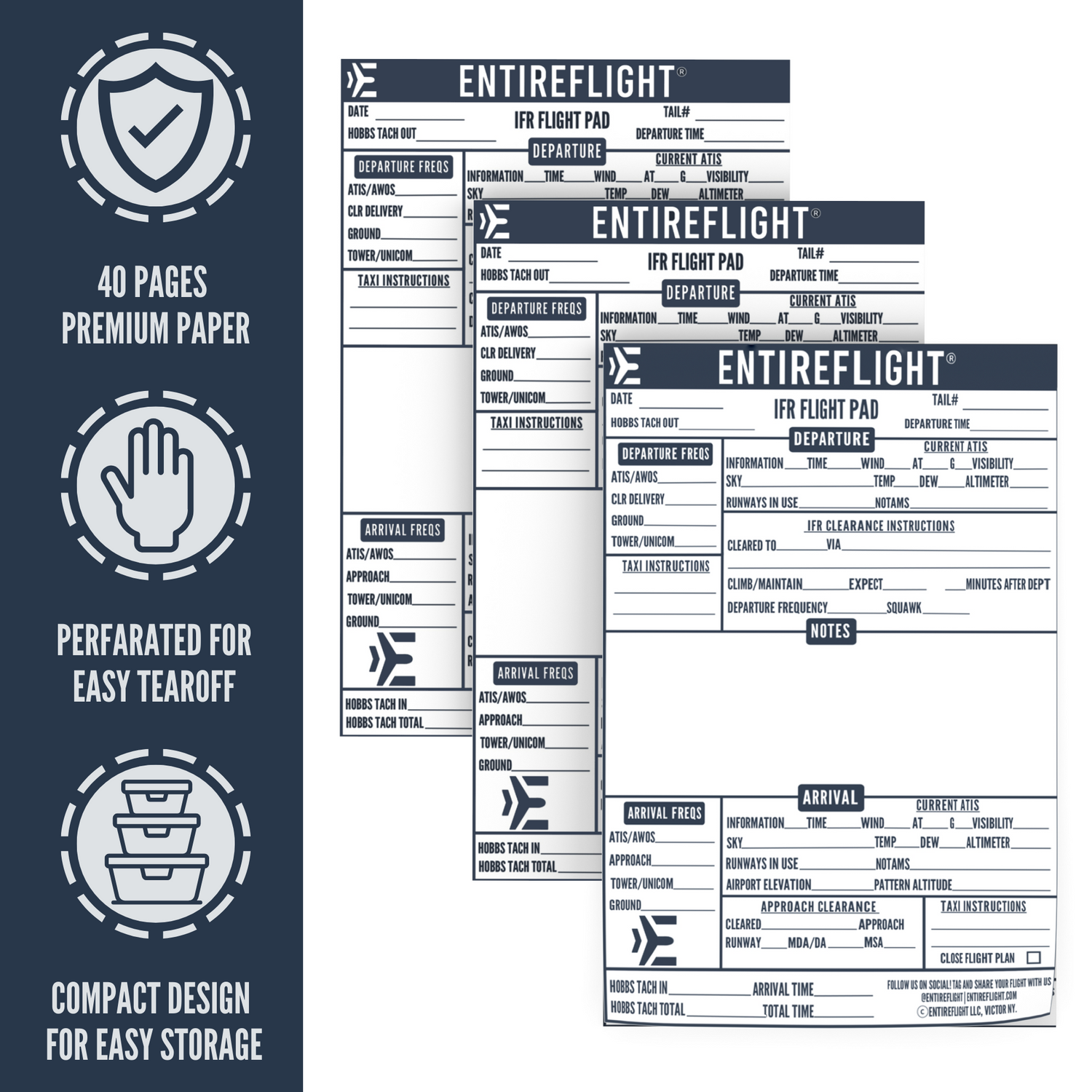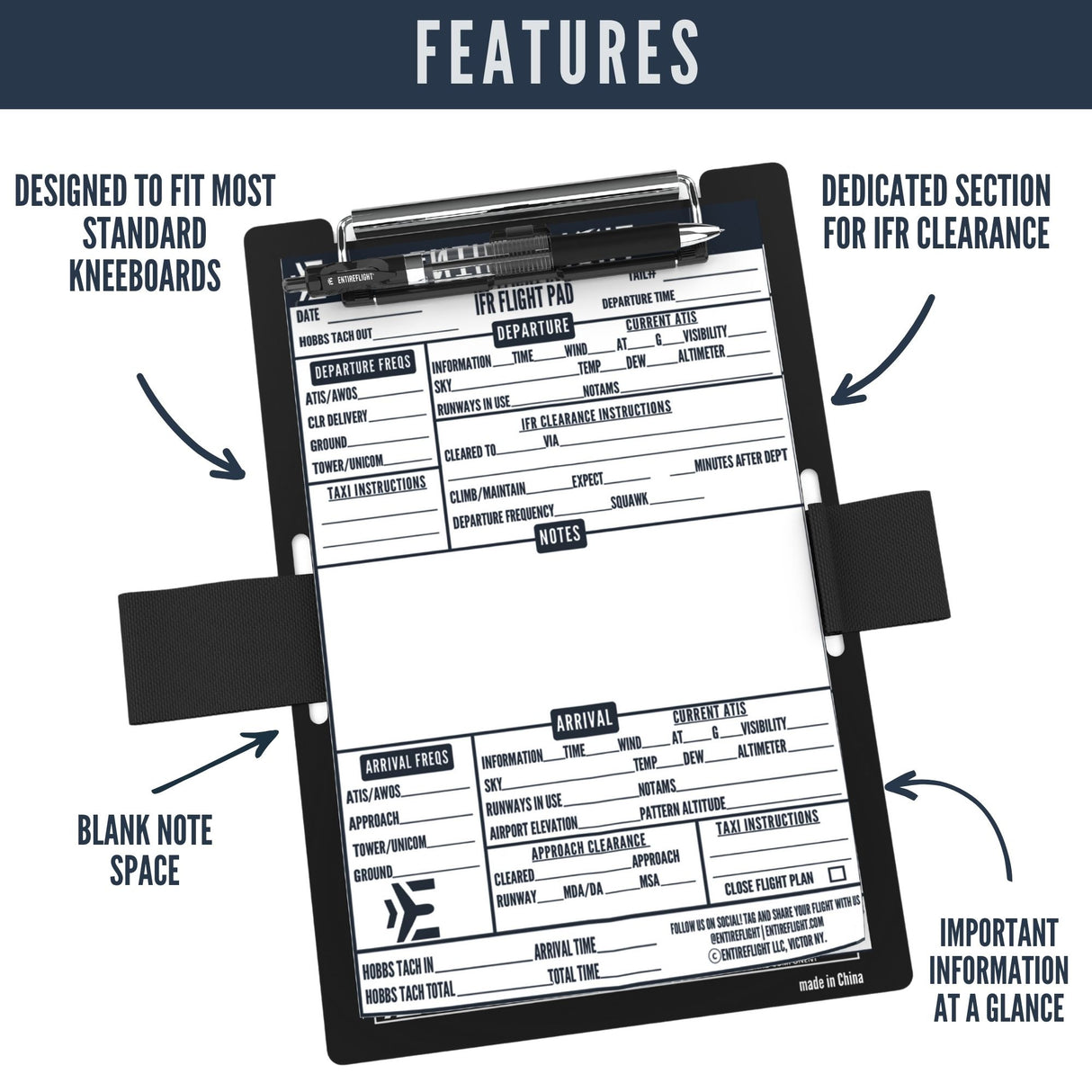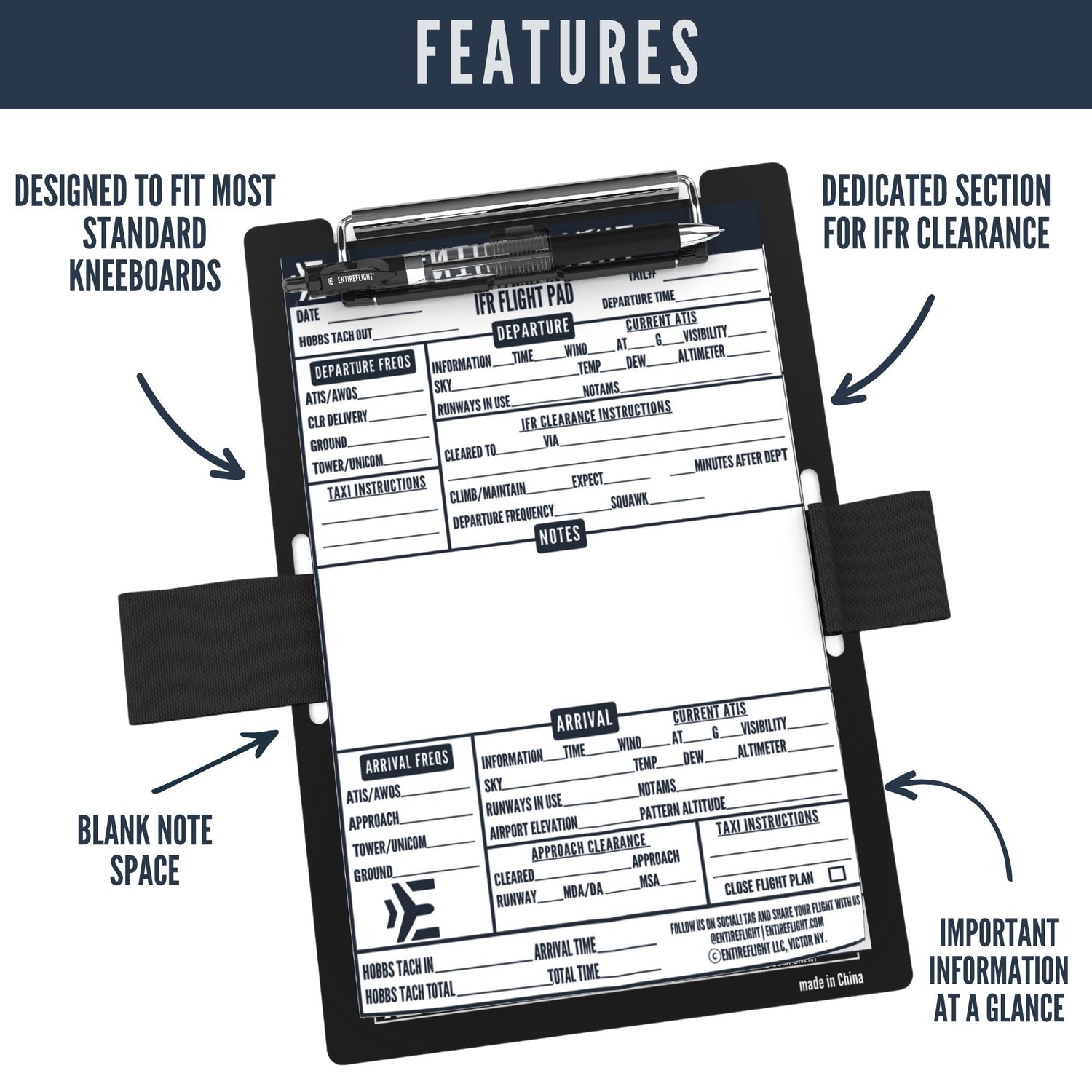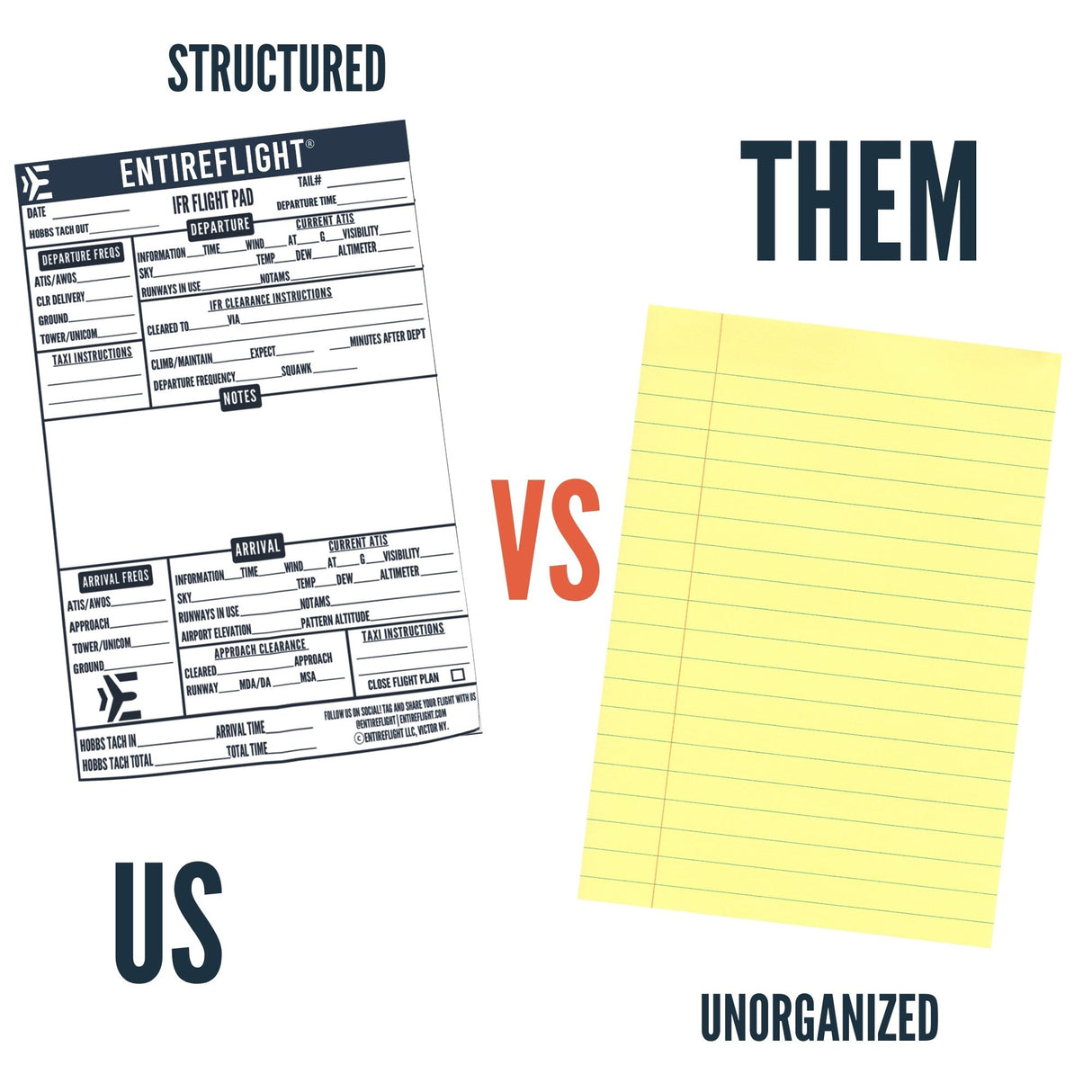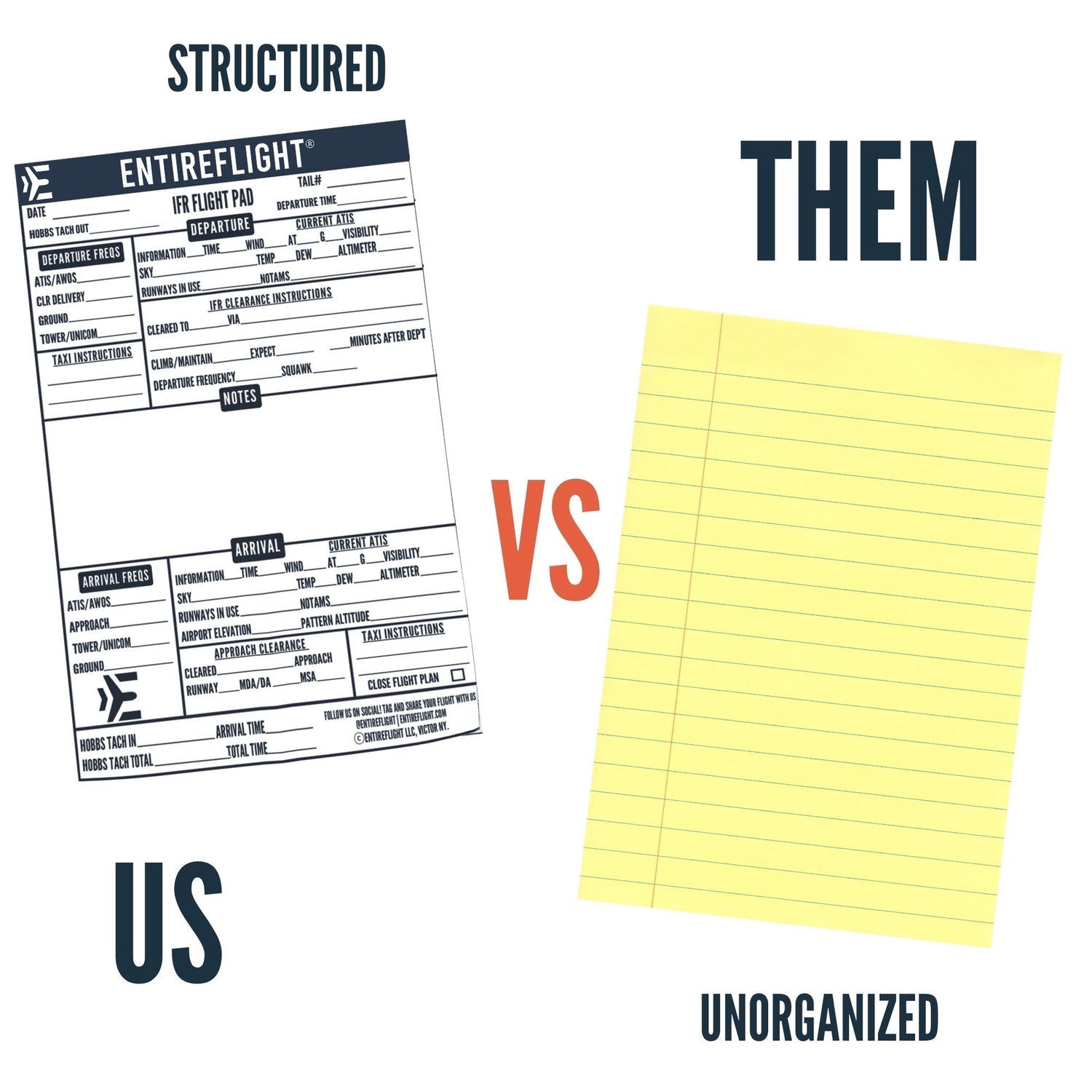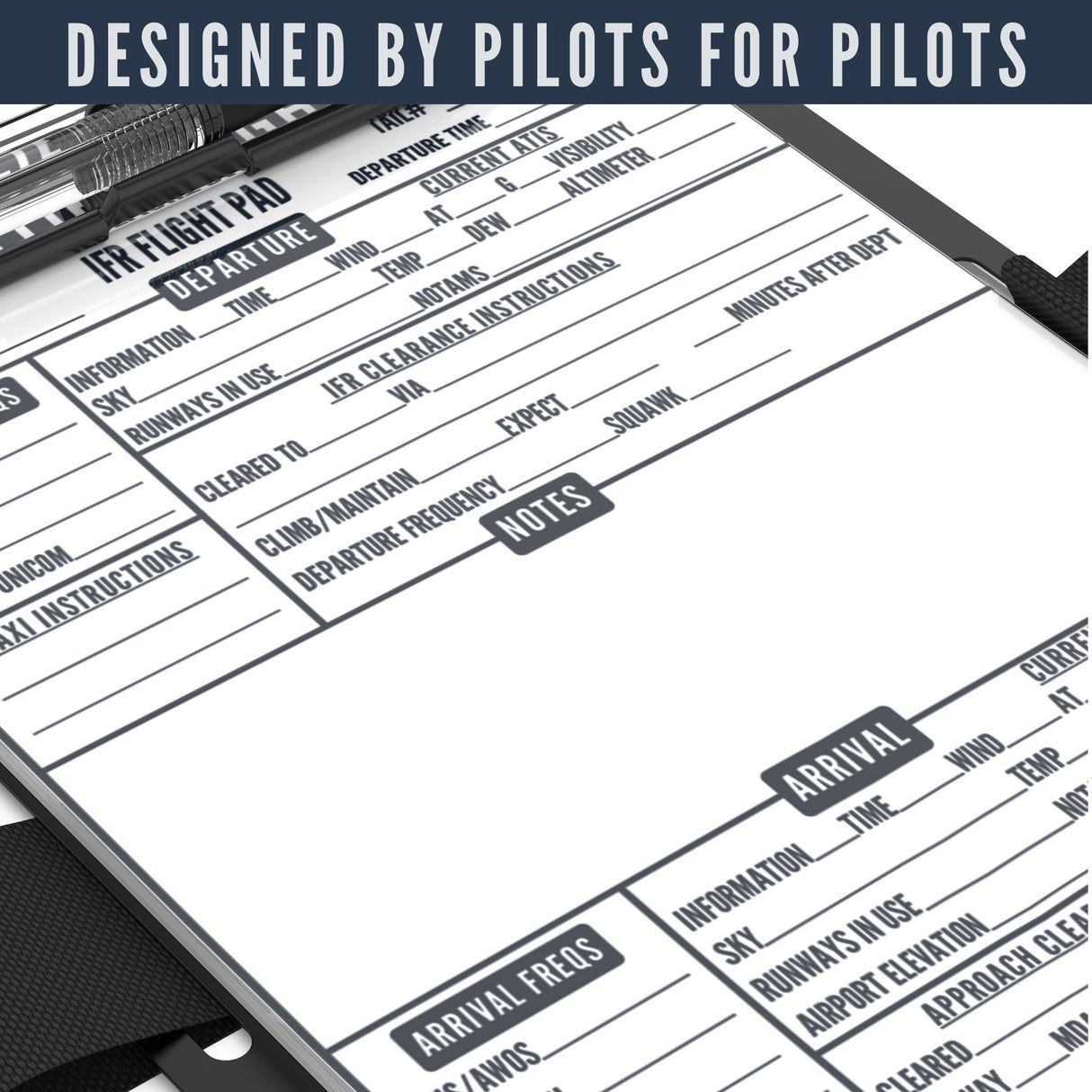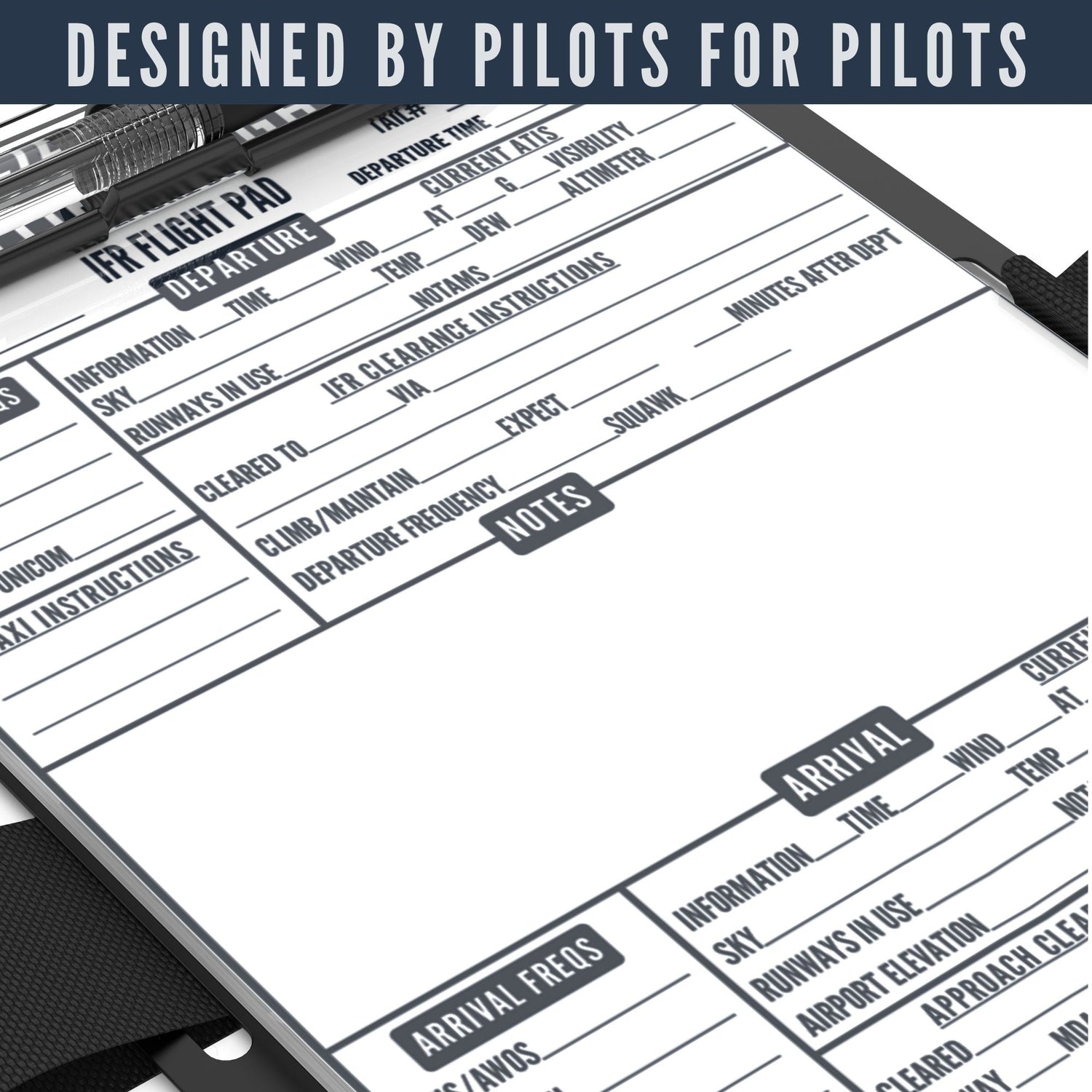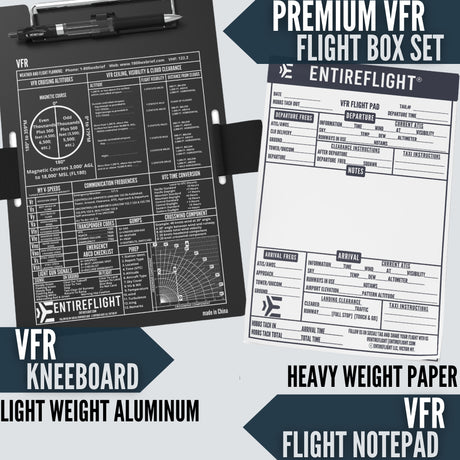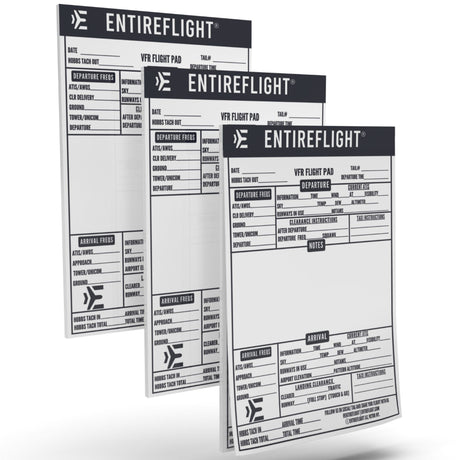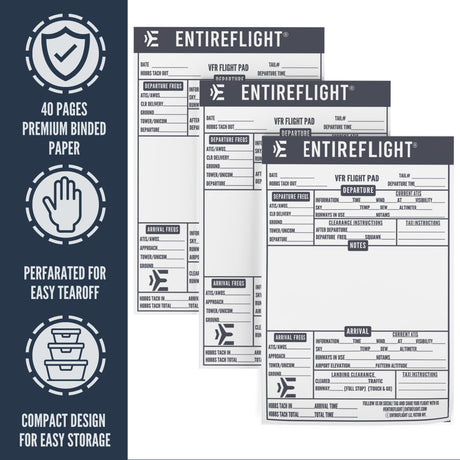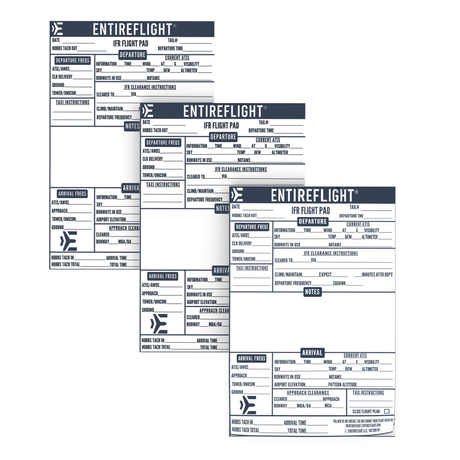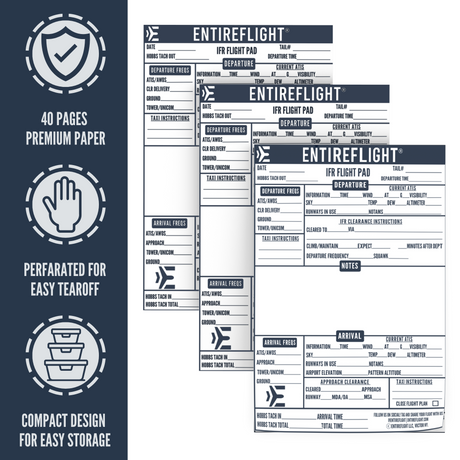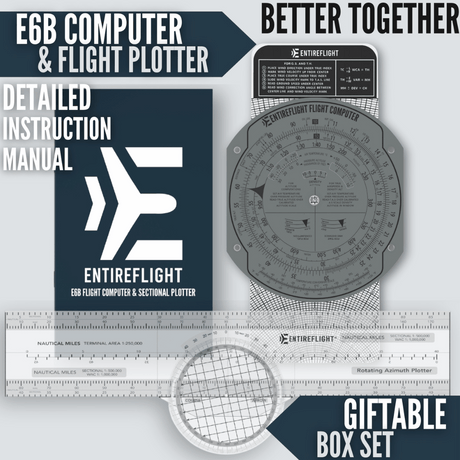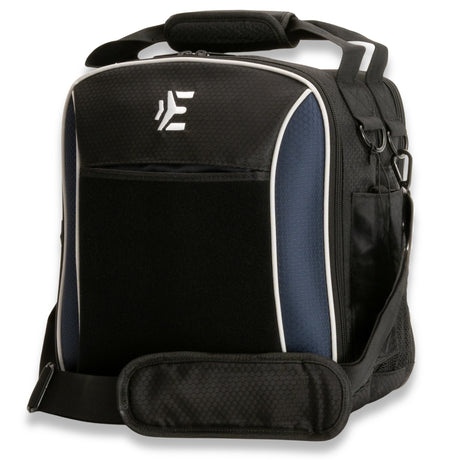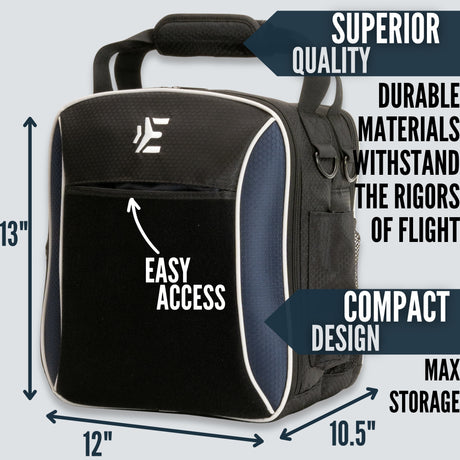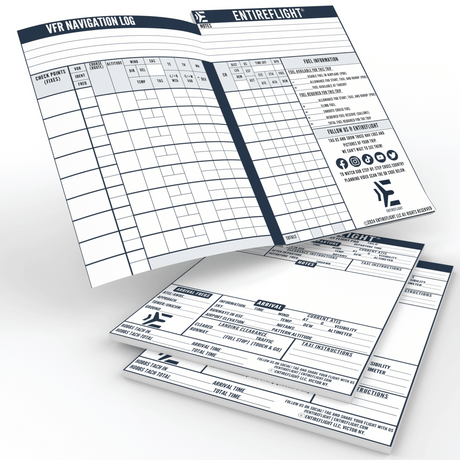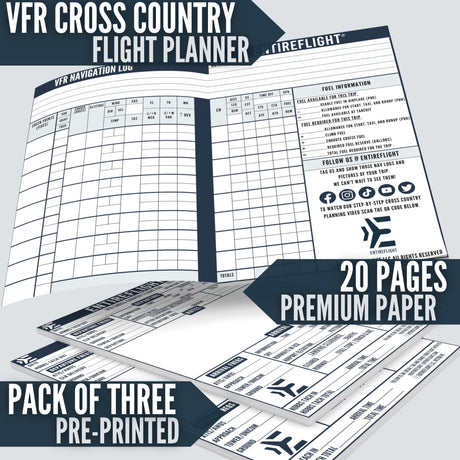If you're considering becoming a pilot, you may be wondering if having tattoos will affect your chances of getting hired. The answer isn't a simple yes or no. It depends on the airline you want to work for and the tattoo policy they have in place.
Some airlines have strict policies that prohibit visible tattoos on their pilots. This is because they want to maintain a professional appearance and avoid any negative perceptions from passengers. Other airlines may allow tattoos, but they must be covered up with clothing or makeup while on duty. It's important to research the tattoo policies of the airlines you're interested in before getting any visible tattoos.
Pilots and Tattoos
As a pilot, you may be wondering if having tattoos will affect your career prospects. The answer is not straightforward, as it depends on the airline and country you are flying in.
In general, most airlines have policies regarding visible tattoos. They may require that tattoos be covered up with clothing or makeup, or they may prohibit certain types of tattoos altogether. This is because airlines want to maintain a professional image, and visible tattoos may be seen as unprofessional or offensive.
If you are considering getting a tattoo and you are a pilot, it is important to research the policies of the airlines you are interested in working for. Some airlines may be more lenient than others, and some countries may have different cultural attitudes towards tattoos.
It is also important to consider the placement and size of your tattoo. Tattoos on the face, neck, or hands are more likely to be seen as unprofessional and may limit your job opportunities. Large tattoos on visible areas of the body may also be seen as a distraction or a safety hazard.
While having tattoos may not necessarily disqualify you from being a pilot, it is important to maintain a professional image in this career.
Airline Tattoo Policies
When it comes to tattoos, airlines have different policies depending on the airline and the position of the employee. In this section, we will discuss the policies of commercial airlines and general aviation.
Commercial Airlines Policies
Most commercial airlines have strict policies when it comes to visible tattoos. These policies are in place to maintain a professional image of the airline. As a commercial pilot, you are considered the face of the airline, and your appearance is important.
Here are some examples of commercial airlines' tattoo policies:
- Alaska Airlines: Visible tattoos are not allowed.
- United Airlines: Visible tattoos are not allowed.
- Virgin Atlantic: Visible tattoos are allowed, but they must not be offensive or inappropriate.
- Air New Zealand: Visible tattoos are allowed, but they must not be offensive or inappropriate.
If you are thinking about getting a tattoo and want to become a commercial pilot, it is important to consider the airline's tattoo policy before getting inked.
General Aviation Policies
General aviation pilots have more flexibility when it comes to tattoos. Since they are not representing a specific airline, the policies are less strict. However, it is still important to maintain a professional appearance.
Here are some general aviation policies:
- Federal Aviation Administration (FAA): There are no regulations regarding tattoos for pilots.
- Aircraft Owners and Pilots Association (AOPA): There are no policies regarding tattoos for pilots.
While there are no specific regulations or policies for general aviation pilots, it is still important to use good judgment when deciding to get a tattoo.
In conclusion, if you are considering becoming a commercial pilot, it is important to research the airline's tattoo policy before getting a tattoo. General aviation pilots have more flexibility, but it is still important to maintain a professional appearance.
Visibility and Acceptability of Tattoos
When it comes to pilots and tattoos, one of the main concerns is visibility. Airlines have strict uniform policies, and pilots are expected to present a professional appearance. As a result, visible tattoos can be a cause for concern.
Visible Tattoos
Visible tattoos are those that are located on areas of the body that are not covered by the standard pilot uniform. This includes the neck, hands, face, head, and chest. In general, airlines prefer pilots to have no visible tattoos, as they can be seen as unprofessional or distracting.
However, some airlines have relaxed their policies in recent years. For example, Delta Air Lines allows pilots to have tattoos on their arms as long as they are covered by the short-sleeved uniform shirt. Similarly, American Airlines allows pilots to have tattoos on their forearms as long as they are not visible below the short-sleeved uniform shirt.
Small and Hidden Tattoos
If you have a small or hidden tattoo, you may be able to get away with it. Small tattoos are less likely to be noticed, and hidden tattoos can be covered up with clothing or makeup.
If you have a small tattoo that is visible, you may be able to cover it up with a bandage or tape. However, keep in mind that this may not be a long-term solution, as bandages can come loose and tape can irritate the skin.
In general, it is best to avoid getting tattoos on visible areas of the body if you are a pilot. If you already have a visible tattoo, you may want to consider covering it up or finding a way to make it less noticeable.
Professionalism and Appearance
As a pilot, you are not only responsible for the safety of your passengers but also for maintaining a professional image. This includes adhering to a strict dress code and personal appearance standards.
Uniform and Dress Code
Your uniform is an essential part of your professional image as a pilot. It is a symbol of authority and responsibility and should be worn with pride. Airlines have strict dress codes that pilots must follow, including specific colors, styles, and accessories.
You must ensure that your uniform is clean, well-pressed, and in good condition at all times. Any visible tattoos should be covered up by the uniform or with makeup. In addition, jewelry and accessories should be kept to a minimum and comply with airline regulations.
Crew's Personal Appearance
As a member of the flight crew, you represent your airline, and your appearance should reflect this. Your overall appearance should be neat, clean, and professional.
Makeup should be minimal and natural-looking, and hair should be well-groomed and styled conservatively. Beards and facial hair should be neatly trimmed and maintained.
In conclusion, maintaining a professional image is an essential part of being a pilot. Following the strict dress code and personal appearance standards set by your airline demonstrates your commitment to professionalism and safety.
Additional Body Modifications
If you're considering becoming a pilot, you may be wondering if you can have other body modifications besides tattoos. Here's what you need to know about piercings, beards, and other facial hair.
Piercings
When it comes to piercings, the rules are a bit more flexible than they are for tattoos. In general, small ear piercings are allowed as long as they don't interfere with your headset. However, other facial piercings are generally not allowed. If you have a nose or lip piercing, you may need to remove it before flying.
Beards and Other Facial Hair
Beards are generally allowed for pilots, but they must be neatly trimmed and well-groomed. This is because facial hair can interfere with the seal on an oxygen mask, which could be dangerous in an emergency situation. If you have a beard, you may be required to shave it off if it interferes with the seal. Other types of facial hair, such as mustaches, are generally allowed as long as they are well-groomed.
Overall, it's important to remember that the rules regarding body modifications can vary depending on the airline and the country you're flying in. If you're unsure about whether a particular modification is allowed, it's best to check with your airline or regulatory agency before getting it done.
Implications and Perceptions
Passenger Trust and Confidence
As a pilot, your appearance can have a significant impact on passenger trust and confidence. While tattoos are becoming more socially acceptable, many passengers may still perceive them as unprofessional or even intimidating. This can be especially true for older or more conservative passengers.
If you have visible tattoos, it is important to consider how they may be perceived by passengers. While it is ultimately up to the individual airline to set their own policies, it may be wise to cover up tattoos during flights or when interacting with passengers.
Industry Taboos and Restrictions
The aviation industry has historically been quite conservative when it comes to personal appearance. While many airlines have relaxed their dress codes in recent years, there are still some taboos and restrictions in place.
For example, some airlines may have policies that prohibit visible tattoos or require them to be covered up. This can be especially true for tattoos that are considered offensive or inappropriate.
It is important to be aware of any industry restrictions or policies that may apply to you as a pilot. Failure to comply with these policies could result in disciplinary action or even termination of employment.
Overall, while tattoos are becoming more accepted in society, there are still implications and perceptions to consider in the aviation industry. It is important to be aware of these factors and make decisions that are in line with your personal and professional goals.
Overcoming Tattoo Restrictions
If you're a pilot with tattoos, you may be wondering how to overcome tattoo restrictions and still pursue your career. Fortunately, there are options available to you.
Tattoo Cover Up Techniques
One option is to cover up your tattoos. This involves using makeup or clothing to conceal your tattoos. There are also specialized tattoo cover-up products available that are designed to be long-lasting and waterproof.
If you're considering covering up your tattoos, it's important to choose the right product for your needs. Look for products that are specifically designed for covering tattoos and that match your skin tone. You may also want to consider using a primer or setting spray to help the product stay in place.
Tattoo Removal Options
Another option for overcoming tattoo restrictions is to have your tattoos removed. There are several tattoo removal options available, including laser removal, dermabrasion, and excision.
Laser removal is the most common method of tattoo removal. It involves using a laser to break up the ink particles in your skin, which are then absorbed by your body's immune system. Dermabrasion involves using a high-speed rotary device to remove the top layer of your skin, along with the tattoo ink. Excision involves cutting out the tattooed skin and stitching the remaining skin back together.
It's important to note that tattoo removal can be a lengthy and expensive process, and it may not be completely effective. It may also leave scarring or discoloration.
In conclusion, if you're a pilot with tattoos, you have options for overcoming tattoo restrictions. Whether you choose to cover up your tattoos or have them removed, it's important to choose the right method for your needs and to be aware of the potential risks and limitations.
Roles and Safety Considerations
As a pilot, you have a responsibility to ensure the safety of your passengers and crew. This means that you must consider the impact of any tattoos you have on your ability to perform your job safely and effectively.
One important consideration is the use of oxygen masks. If you have tattoos on your face or neck, this may interfere with the seal of the mask, which could compromise your ability to breathe properly in an emergency situation.
Additionally, if you have tattoos that are visible while wearing your uniform, this may affect the perception of your professionalism and competence by passengers and colleagues.
The Federal Aviation Administration (FAA) has guidelines in place regarding tattoos for pilots. While there is no specific ban on tattoos, the FAA does require that pilots disclose any tattoos during their medical exam. The FAA will then evaluate whether the tattoos pose any safety concerns.
If you are in the Air Force, there are specific regulations in place regarding tattoos. The Air Force allows tattoos on the chest, back, arms, and legs, but not on the head, neck, face, or hands. Additionally, tattoos that are obscene, advocate discrimination, or are otherwise inappropriate are not allowed.
Overall, while having tattoos as a pilot is not necessarily prohibited, it is important to consider the potential safety and professional implications. It is always best to consult with your employer and the FAA to ensure that your tattoos do not pose any safety concerns.
The Future of Tattoos in Aviation
As tattoos become more common and socially accepted, the aviation industry is beginning to reevaluate its policies on visible body art. While some airlines and companies have already implemented lenient tattoo policies, others still require pilots to cover up any visible tattoos.
The future of tattoos in aviation is uncertain, but it's clear that there is a growing trend toward acceptance. As more female pilots enter the industry, there is a greater demand for more inclusive policies that allow them to express themselves through body art.
However, the interview process for pilots still heavily emphasizes professionalism and conformity, which may make it difficult for candidates with visible tattoos to be hired. Aviation companies may need to strike a balance between maintaining a professional image and accommodating the changing attitudes toward tattoos.
Content is also a consideration when it comes to tattoos in aviation. While some tattoos may be innocuous, others may be offensive or inappropriate for the workplace. Companies may need to establish guidelines for what types of tattoos are acceptable and what types are not.
In conclusion, the future of tattoos in aviation is still evolving. While some airlines and companies have already adapted to changing attitudes toward body art, others may take longer to catch up. As the industry becomes more diverse and inclusive, it's likely that lenient tattoo policies will become more common.
Frequently Asked Questions
Are pilots allowed to have tattoos?
Yes, pilots are allowed to have tattoos. However, there are some restrictions on the size and placement of tattoos.
What is the policy on tattoos for pilots?
The policy on tattoos for pilots varies from airline to airline. Some airlines allow visible tattoos, while others require them to be covered up.
Do any airlines prohibit pilots from having tattoos?
There are some airlines that prohibit pilots from having visible tattoos. For example, Delta Air Lines requires pilots to cover up any visible tattoos while on duty.
Can pilots have visible tattoos?
Pilots can have visible tattoos, but there are some restrictions. The tattoos cannot be offensive or distracting, and they cannot be located on the face, neck, or hands.
Are there any restrictions on pilot tattoos?
Yes, there are some restrictions on pilot tattoos. The tattoos cannot be offensive or distracting, and they cannot be located on the face, neck, or hands. Additionally, the tattoos cannot be larger than the size of the pilot's hand.
What is the FAA's stance on tattoos for pilots?
The FAA does not have a specific policy on tattoos for pilots. However, they do require pilots to maintain a professional appearance while on duty. This means that any visible tattoos must be appropriate and not distracting.

